Composition Explained: Techniques for Photography Beginners
Most beginner photographers struggle with composition. These tips will help you get started the right way.
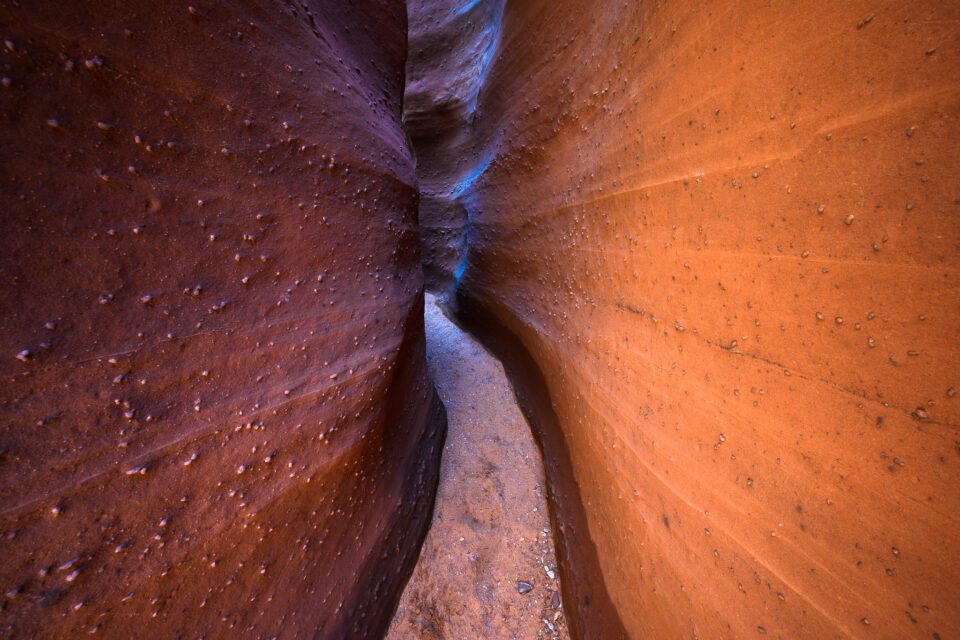 NIKON Z 7 + NIKKOR Z 14-30mm f/4 S @ 14mm, ISO 400, 1/6, f/13.0
NIKON Z 7 + NIKKOR Z 14-30mm f/4 S @ 14mm, ISO 400, 1/6, f/13.0
Composition is critical. If you want to take powerful photos, it’s one of the most important parts of photography. Still, a lot of photographers start out only hearing about the rule of thirds, and they never go more in-depth on how to compose better photos. The good news is that you can learn more about composition – and you should. It’s a deep topic, and there’s no way to cover everything in just one article, but I’ll do my best to hit the biggest points below, in this chapter of our Photography Basics guide.
Most beginner photographers struggle with composition. These tips will help you get started the right way.
 NIKON Z 7 + NIKKOR Z 14-30mm f/4 S @ 14mm, ISO 400, 1/6, f/13.0
NIKON Z 7 + NIKKOR Z 14-30mm f/4 S @ 14mm, ISO 400, 1/6, f/13.0Composition is critical. If you want to take powerful photos, it’s one of the most important parts of photography. Still, a lot of photographers start out only hearing about the rule of thirds, and they never go more in-depth on how to compose better photos. The good news is that you can learn more about composition – and you should. It’s a deep topic, and there’s no way to cover everything in just one article, but I’ll do my best to hit the biggest points below, in this chapter of our Photography Basics guide.








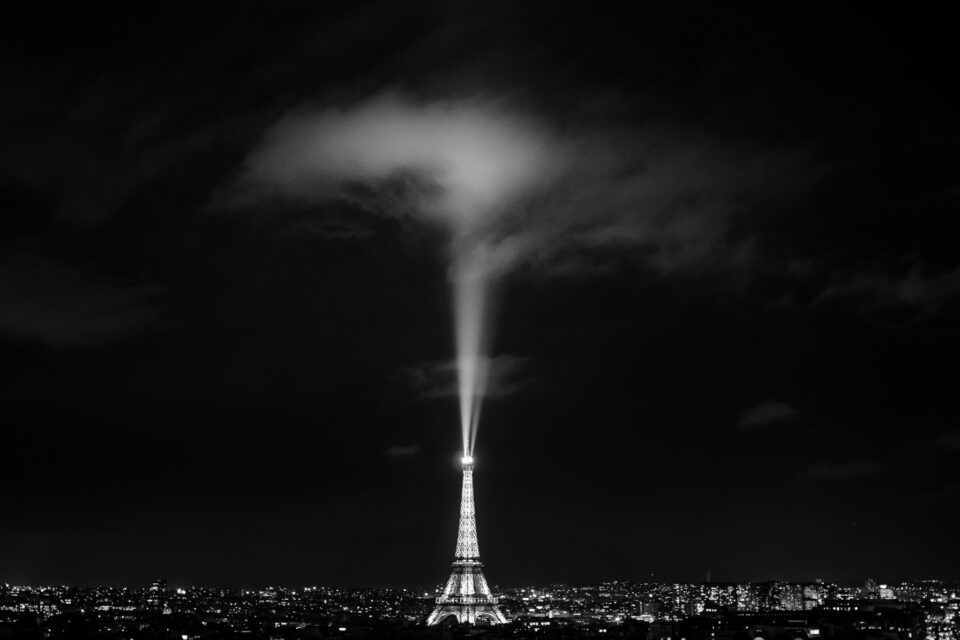
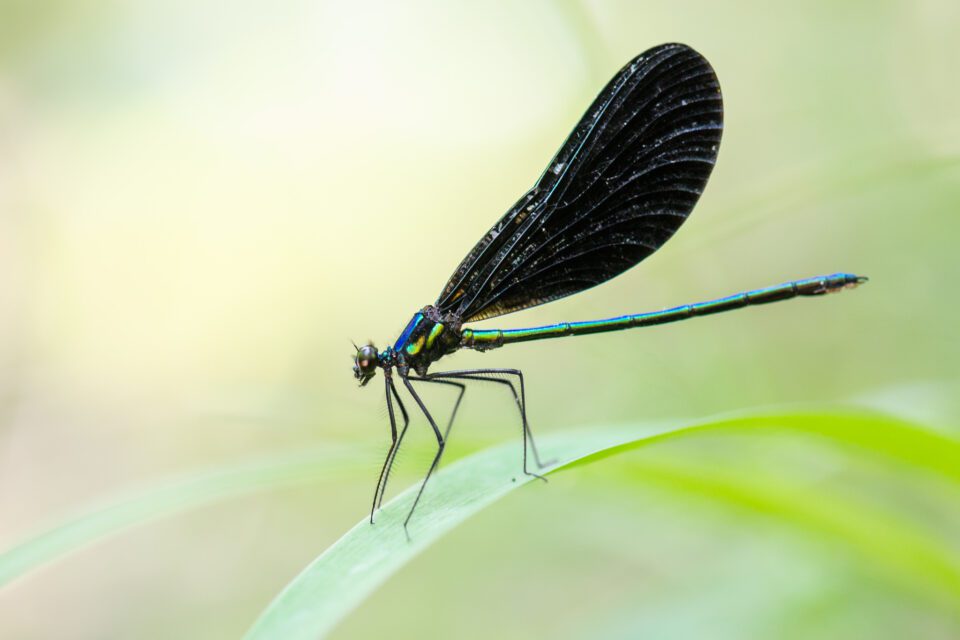
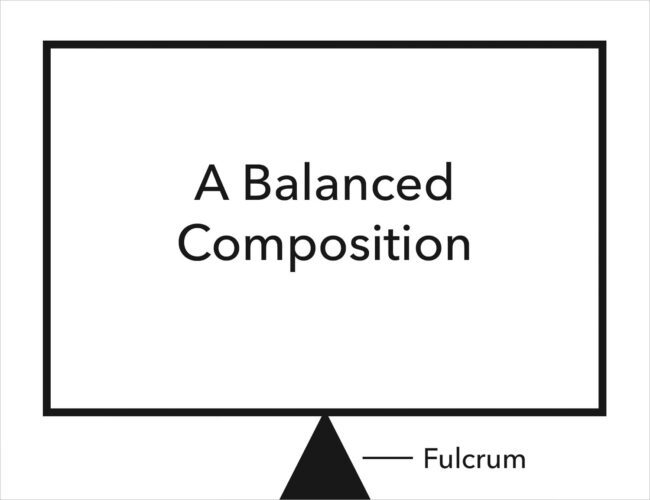 Is your photo balanced? To figure it out, think about the visual weight of every item in your photo. Then, imagine placing the image on a fulcrum. Which direction does it lean?
Is your photo balanced? To figure it out, think about the visual weight of every item in your photo. Then, imagine placing the image on a fulcrum. Which direction does it lean?
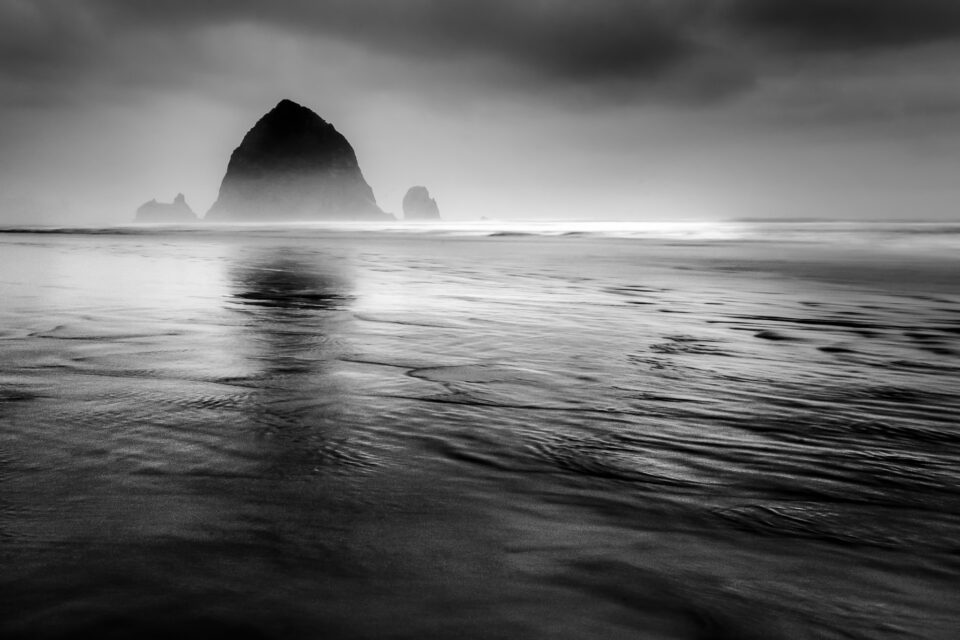
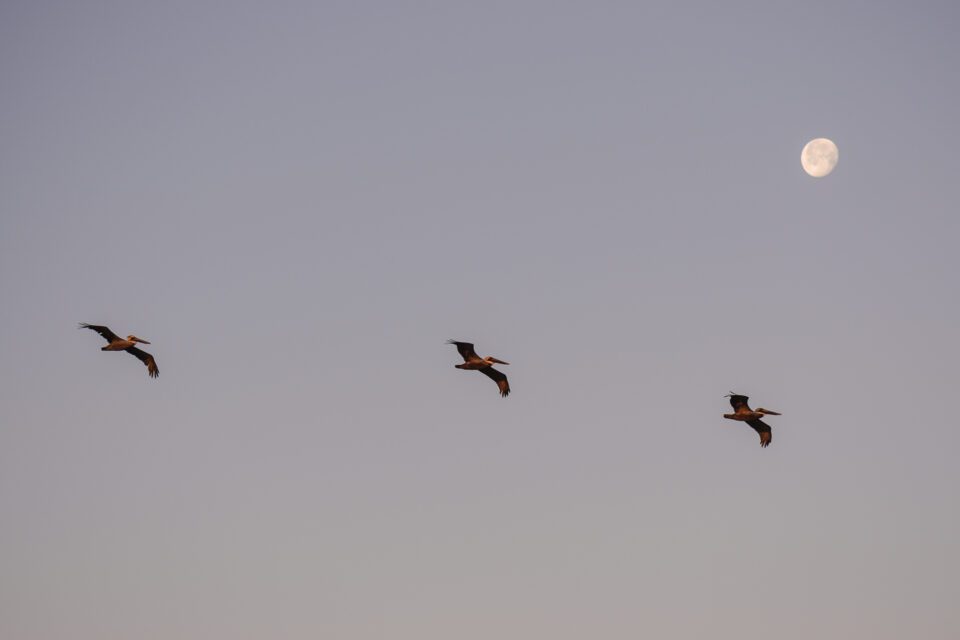
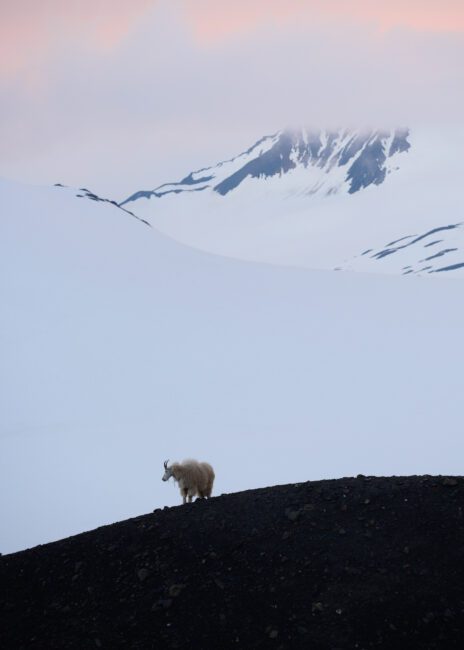
تعليق